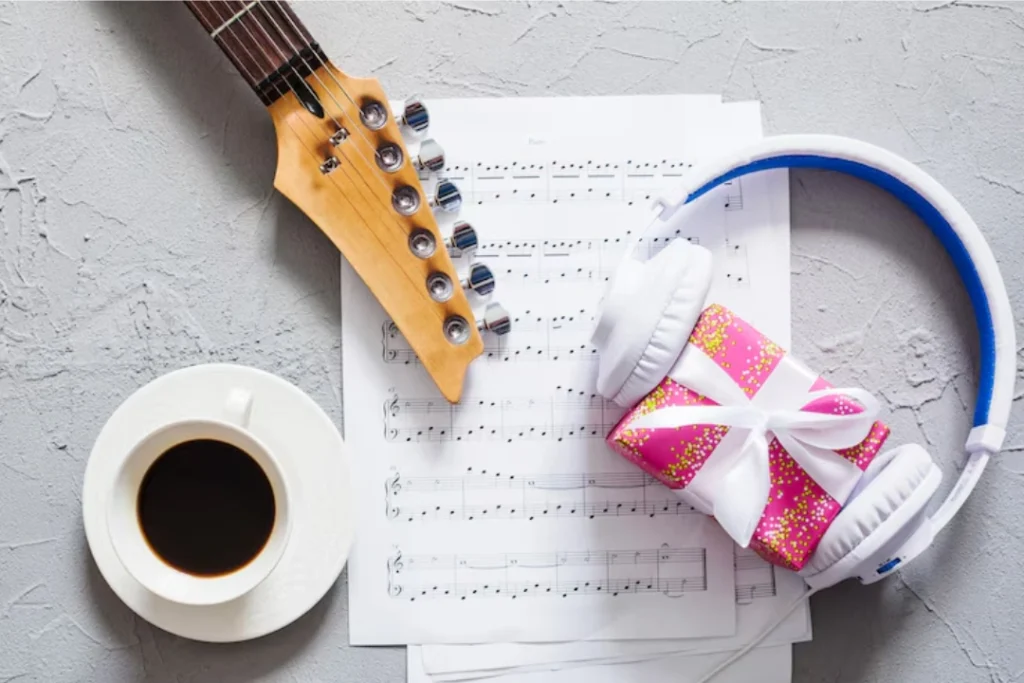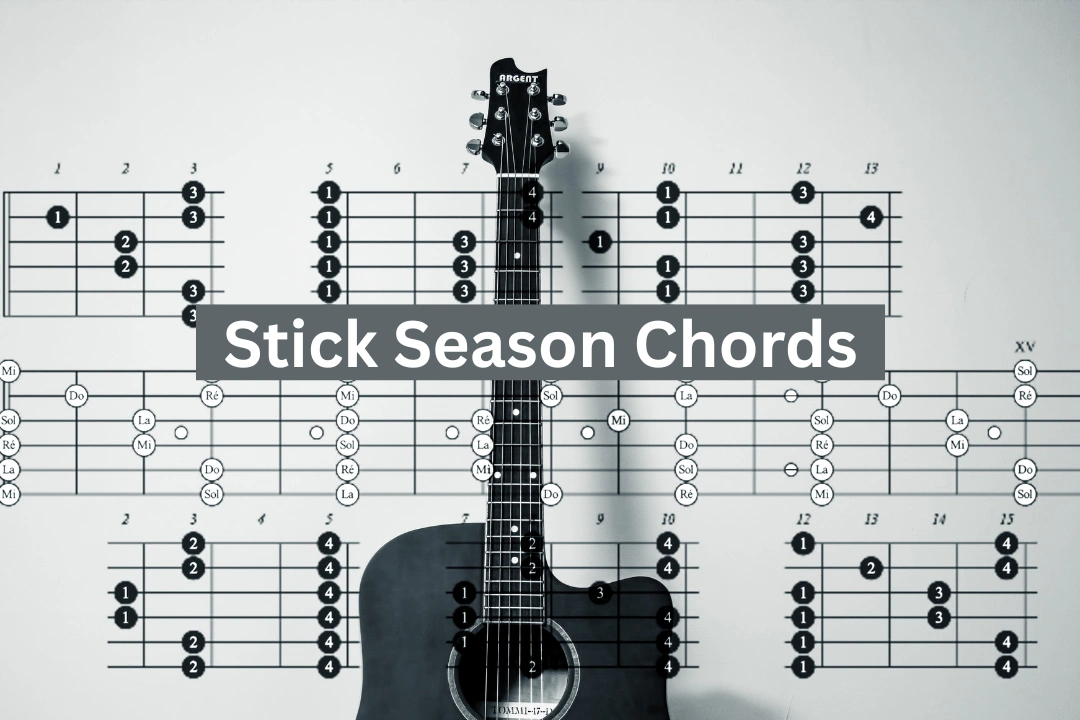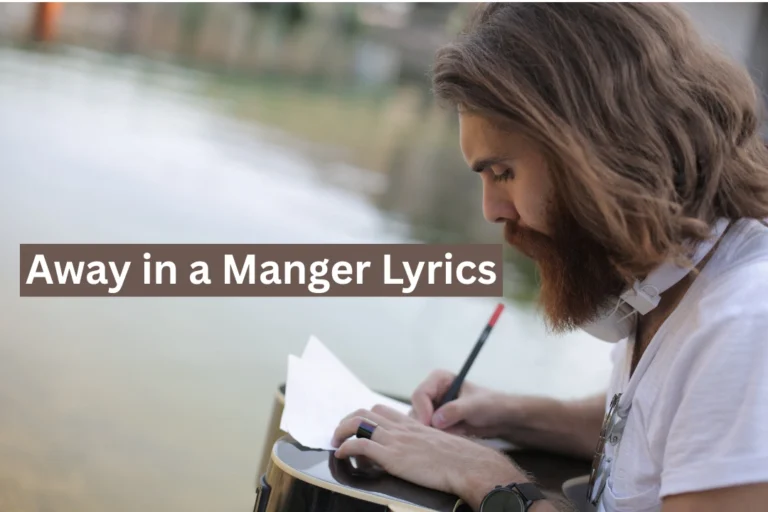Stick Season Chords: The Ultimate Guide to Playing Noah Kahan’s Hit Song
Noah Kahan’s Stick Season has become a beloved folk anthem, resonating with listeners through its heartfelt lyrics and simple yet emotive chord progression. For guitarists eager to learn this song, understanding the stick season chords is essential. This guide will provide a comprehensive overview of the chords, structure, and techniques to help you master this track.
Understanding the Song’s Structure
“Stick Season” is written in the key of A major and follows a 4/4 time signature. The song’s tempo ranges between 115-118 BPM, providing a steady rhythm that’s accessible for beginners. The chord progression remains consistent throughout, creating a cohesive and melodic sound. This structure helps the listener feel the mood of change and reflection that runs throughout the song.
The Core Chord Progression
At the heart of Stick Season lies a simple yet powerful chord progression that defines the song’s sound. The stick season chords follow this sequence:
| A | E | F#m | D |
This progression is known as the I–V–vi–IV in the key of A major. It’s one of the most popular and widely used progressions in modern music because it creates a smooth and emotionally rich flow. The shift from the bright A major chord to the hopeful E major, followed by the reflective F#m minor, and then resolving to the warm D major chord, takes listeners on an emotional journey.
Chord Fingerings
For those new to these chords, here’s how you can play them on the guitar:
| Chord | Fingering |
|---|---|
| A | x02220 |
| E | 022100 |
| F#m | 244222 |
| D | xx0232 |
The F#m chord is a barre chord, which might be challenging for beginners. Practicing the barre technique will help in mastering this chord. Start slowly and build finger strength over time to play it clearly.
Strumming and Picking Patterns

The song features a fingerpicking pattern in the intro and verses, transitioning to strumming in the chorus. The fingerpicking follows a Travis picking style, alternating between bass and treble strings. For the strumming sections, a down-down-up-up-down-up pattern works well, maintaining the song’s rhythmic feel and emotional flow.
Emotional Resonance Through Chords
The stick season chords play a pivotal role in conveying the song’s emotional depth. The progression from A to E introduces a sense of longing, F#m adds a touch of melancholy, and D brings resolution. This sequence mirrors the song’s themes of change and introspection. Each chord creates a mood that pulls the listener into the story Noah Kahan tells through his lyrics.
Practice Tips
Start slow and focus on clean chord transitions. Use a metronome to keep time steady. Make sure each chord rings clearly before moving to the next. Once you feel comfortable, try singing along to connect with the song emotionally. This will improve your timing and add feeling to your playing.
Why “Stick Season” Became a Guitar Favorite
Many fans fell in love with Stick Season not just for its lyrics but because the song is easy to play on guitar. The emotional tone of the song connects with people, and the simplicity of the chord structure makes it very approachable for learners. Because of its acoustic base and repetitive chords, it’s a great song to practice both rhythm and feel while improving finger strength.
Noah Kahan’s Influence on Modern Folk Music
Noah Kahan’s style mixes indie and folk in a very unique way. He tells personal stories through soft melodies and emotional lyrics. Songs like “Stick Season” remind listeners of artists like Bon Iver or Gregory Alan Isakov. His ability to use basic chords like A, E, F#m, and D to convey deep emotion makes his music widely respected and played often by beginners.
How to Transition Between Chords Smoothly
If you’re new to guitar, switching chords may feel hard at first. To master the stick season chords, you should practice moving from one chord to another slowly. Use small hand movements to keep your fingers close to the strings. Over time, you’ll gain the muscle memory needed for smooth transitions. Repetition is the key to mastering chord changes.
Playing “Stick Season” on Other Instruments
Although the guitar version of Stick Season is the most common, you can also play the song on piano or ukulele. On the piano, use the chords A major, E major, F# minor, and D major in root position. For ukulele, you can use simplified versions of the same chords. The same chord pattern works on these instruments, making it easy to adapt the song for different styles.
Common Mistakes While Learning the Song
One common mistake is rushing the chord changes, especially when switching to the barre chord F#m. Many learners also strum too hard, which can make the sound harsh. Try using a lighter touch and listen closely to how each chord sounds. Another mistake is ignoring rhythm. Always count beats in your head or use a metronome so you don’t drift off tempo.
Why Knowing “Stick Season Chords” Builds Your Guitar Skills
Learning the stick season chords doesn’t just help you play one song it also builds your overall guitar foundation. The chords used in this song are part of many other popular songs. Once you’re familiar with A, E, F#m, and D, you can easily transition to playing dozens of songs across pop and folk genres. These chords are essential for all beginner guitar players.
Conclusion
Learning the stick season chords offers more than just the ability to play a song; it provides insight into songwriting and emotional expression through music. By mastering these chords and understanding their role in the song’s narrative, guitarists can deepen their appreciation for Noah Kahan’s artistry and improve their overall musical skills. Whether you’re a beginner or looking to expand your repertoire, “Stick Season” is a perfect choice.
FAQ
What are the basic stick season chords?
A, E, F#m, and D.
Is stick season easy for beginners to play?
Yes, it’s beginner-friendly with simple chord progressions.







